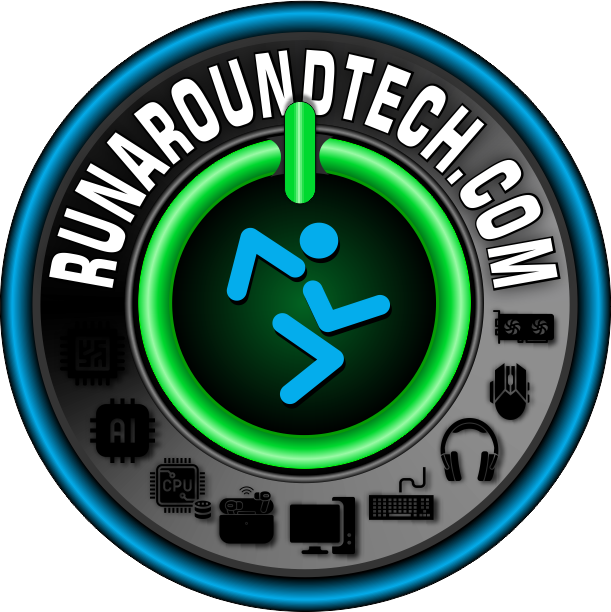Virtual Reality (VR) moves beyond gaming and entertainment, creating new opportunities in web design. This technology allows developers to build three-dimensional, interactive environments that users can step into. Understanding the role of VR in modern web design trends will enable businesses to offer captivating digital experiences that hold user attention longer.
It sets a new standard for user engagement by making websites more than just pages of information; they become destinations.
Immersive User Experiences
VR web design creates immersive environments that capture user attention. Instead of browsing a two-dimensional page, users enter a 3D space. For example, a real estate website can offer virtual property tours, letting potential buyers walk through homes from their own living rooms.
An e-commerce site can create a virtual showroom where customers interact with products before purchasing. This level of interaction deepens the user’s connection to the content and brand.
Interactive Storytelling
VR empowers developers to craft compelling narratives. By placing users directly into a story, brands can communicate their message more effectively. A nonprofit organization could use VR to show donors the direct effect of their contributions by transporting them to a community they support. This approach to storytelling builds empathy and a stronger emotional connection, which flat images or text cannot replicate.
Realistic Product Visualization
For businesses that sell complex products, VR offers a practical way to demonstrate functionality. An automotive company can let customers configure and explore a car in a virtual space. Similarly, a furniture retailer can allow users to see how a sofa would look in their home.
This realistic visualization helps customers make confident buying decisions by providing a clearer product understanding. It also emphasizes the importance of portfolio building for web developers, as showcasing VR projects demonstrates their ability to handle advanced, interactive design challenges.
Training and Education
VR provides a safe and controlled environment for training simulations. Medical students can practice surgical procedures without risk, and technicians can learn to operate heavy machinery through interactive tutorials.
Applications in education also expand, including virtual field trips to historical sites or scientific labs. These experiences make learning more engaging and memorable. Understanding the role of VR in modern web design trends helps developers build these effective educational tools.
The Future of Web Interaction
Integrating VR into web design marks a great shift in how users interact with digital content. As the technology becomes more accessible, it will open up more possibilities for creative expression and user engagement.
Web developers who build skills in VR will be prepared to meet the growing demand for these immersive experiences. Websites will evolve from static pages to dynamic worlds, offering richer and more meaningful interactions for everyone.

